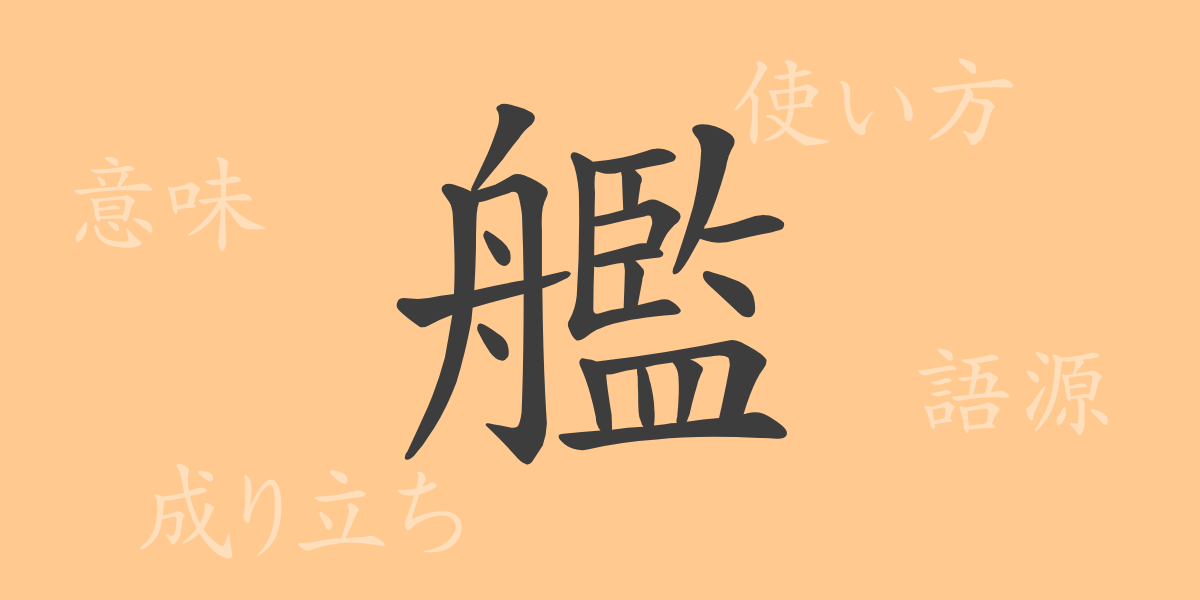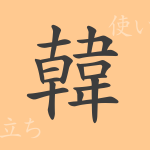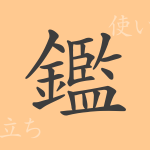To deeply understand Japanese culture and history, one must begin by deciphering its language. The kanji “艦” (Kan) plays a significant role in Japan’s history, literature, and even in modern news. This article will explore the origins of the kanji “艦” (Kan) and its contemporary usage, revealing its full scope.
The Origins (Etymology) of 艦
The kanji “艦” (Kan) was born in ancient China to describe a military ship that was reinforced and armed. This character uses “舟” (Fune) as its radical, and the upper part consists of the character “監” (Kan>), suggesting a structure that conveys the meaning related to ships while also evoking the role of overseeing and managing from “監” (Kan), indicating a commanding presence on a military vessel.
The Meaning and Usage of 艦
The character “艦” (Kan) primarily refers to military ships. It is commonly used in the term “艦船” (Kansen), which collectively denotes ships used for combat or other military purposes. Metaphorically, it can also represent a major means or support for advancing a project or organization.
Reading, Stroke Count, and Radical of 艦
The kanji “艦” (Kan) is included in the list of Japan’s commonly used kanji, and it has the following characteristics:
- Reading: The on’yomi (Sino-Japanese reading) is “Kan” , and there is no particular kun’yomi (native Japanese reading).
- Stroke Count: It has a total of 21 strokes.
- Radical: The radical is “舟” (Fune).
Idioms, Phrases, and Proverbs Involving 艦 and Their Meanings
Idioms and phrases that include “艦” (Kan) are used in various situations due to their strong imagery. For example, “艦隊” (Kantai) refers to a large-scale naval force composed of multiple ships, and “母艦” (Bokan) denotes a ship that supports aircraft or smaller vessels. These terms are also metaphorically used to describe the central, vital elements within an organization or project.
Summary of 艦
The depth of meaning contained in a single kanji character can be profound, and its use reflects the flow of culture and history, much like a mirror. The character “艦” (Kan), while having a military background, continues to live on in various forms within our language. It is our hope that through this article, you have gained some insight into the significance of “艦” (Kan) and its role in the Japanese language.

























